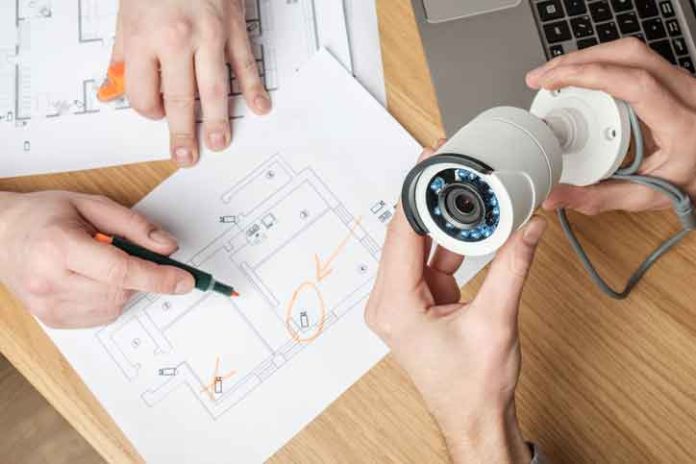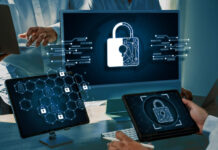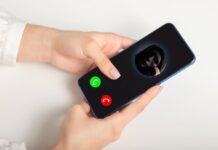As a proponent of vehicle safety in the earlier half of the twentieth century, Eleanor Everet once proclaimed: “safety is not a gadget but a state of mind”.
That those words continue to strike a chord with readers to this day is evidenced by their ubiquitous presence in articles ranging in topic from cybersecurity to apocalypse survival.
Without question, thought is an essential component in the equation of security-risk mitigation. After all, for risks to be effectively managed they must first be imagined.
Helpfully, the topic of keeping offices secure has been and is the subject of intense thought; and in the corresponding technological sphere, much has progressed in the past few years, let alone the past century!
How can you strengthen the security of your office/s in 2022, and what are some of the latest ‘gadgets’ or technologies on offer to serve as a vehicle to that objective? The paragraphs to follow explore impactful solutions.
1. Evaluate the Efficacy of Your Intruder Alarm System
Intruder alarm systems have come a long way in the hundred years or so since Russian physicist Leon Theramin created the first motion-based iteration, often integrating multiple features into a single ‘security’ package. Such features include round-the-clock CCTV, external monitoring that ensures keyholders and emergency services are alerted as soon as an alarm is triggered, or in some cases anti-theft security fog – a dense array of microscopic particles that when released makes it virtually impossible for intruders to see their surroundings. These features have been created to work in tandem with an audible alarm – which can be a powerful deterrent for intruders.
On a more cutting-edge note, robotic aerial security offers an autonomous way of protecting offices and other facilities from intruders. These security systems can be configured so that when an intruder alarm is triggered, a drone is despatched to the intruder’s location and streams live video to a security team.
Even if evaluation of your current intruder alarm system results in it being deemed adequate for your office’s current needs, it is still worth performing regular checks to ensure that all of its features remain operational.
2. Assess Your Access Control
Access control is no alien concept. Since time immemorial, humans have sought ways of keeping would-be thieves or snoopers away from their valuable or private possessions.
In office environments, where physical assets and confidential data often abound, keeping entrances unlocked even during working hours can represent a sizeable security risk. Simultaneously, high footfall on account of employees and visitors often demands a way for authorised persons to enter and exit offices with ease.
While combination keypads can be and often are recruited, a more powerful solution exists to handle this juxtaposition of access requirements: Radio Frequency Identification (RFID) technology. Today it is not uncommon for employees to access their place of work by scanning an encoded fob or ID card against a wall-mounted ‘reader’. A signal is sent from the fob or card, and this is interpreted by the reader. If an employee loses their card or fob, these can be deactivated so that they cannot be used if they fall into the wrong hands. On the other hand, visitors can interact with a touch screen on the reader, resulting in the relevant person or department within the company being alerted of the visitor’s arrival. They can then determine whether to grant access to the visitor.
3. Ensure That Employees Wear Identification
It is undoubtedly important to ensure that employees wear appropriate identification. Without this – particularly in larger companies – it may prove difficult to distinguish an employee from a visitor (authorised or otherwise). Yet even in smaller companies, having employees wear ID badges is of benefit – especially when these are configured to be used with access control systems.
Some companies choose to order staff ID cards on an ad hoc basis, whereas others with large numbers of staff or a high turnaround of staff may choose to invest in an ID card printer. Where printers are concerned, it is important to ensure these are sufficiently protected from unauthorised use. It is common for ID badges to be worn by employees by being attached to lanyards. This helps to ensure good visibility of the ID card and minimize the possibility of it being lost and/or stolen.
4. Verify That Visitors (Including Contractors) Are Identifiable and Managed
Advances in technology have resulted in paper-based visitor and contractor management systems fast becoming archaic.
Dedicated digital solutions now exist, offering substantial security benefits over paper-based systems. Visitor data can be shielded from unauthorised access, whereas paper systems often create long lists of data visible to each person signing in or out. Visitors can sign themselves in using touchscreen kiosks, and be provided with an automatically generated ID card that both clearly identifies them as a visitor and grants them access to the premises commensurate with the purpose and expected duration of their visit.
Visitors that may have caused trouble when on site can be flagged so that in the event of future visits they are quickly identified as a potential risk. A whole host of other benefits makes investing in a digital visitor management system a worthwhile pursuit for those concerned with heightening the security of their business’ premises.


































